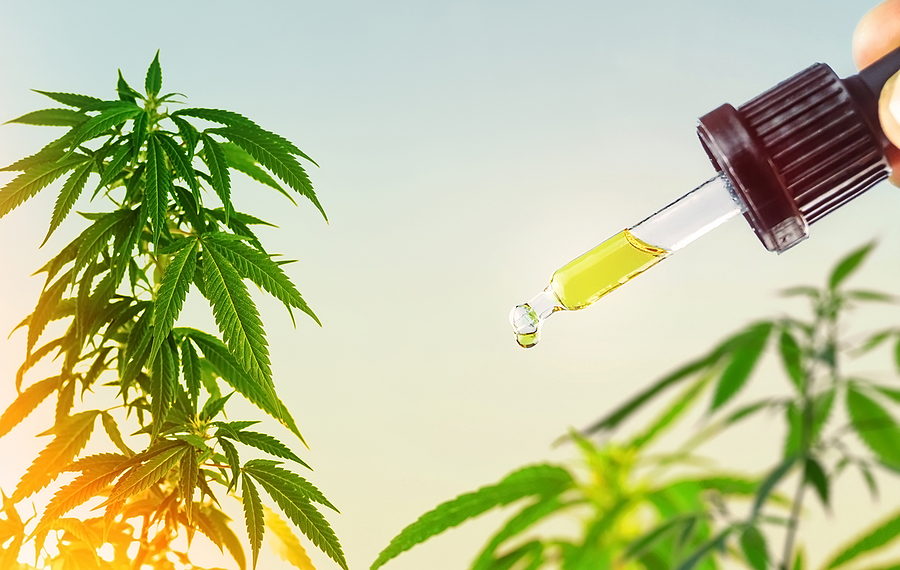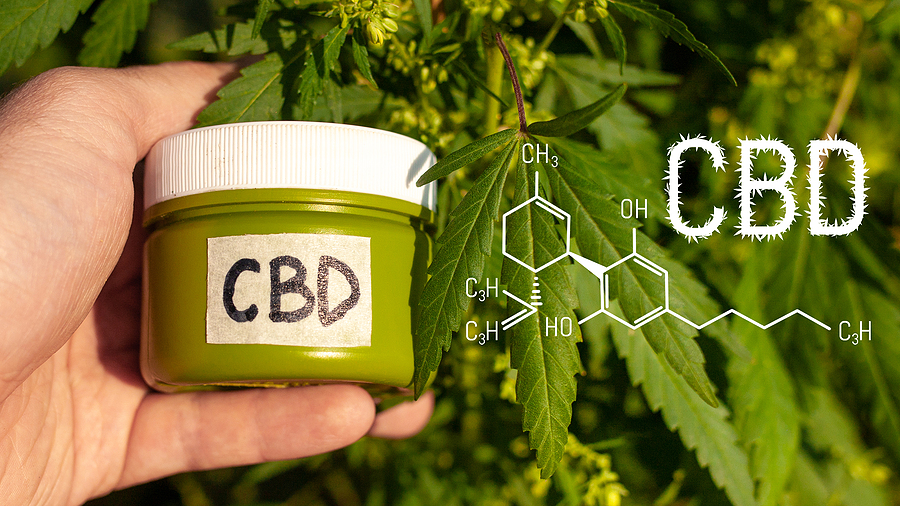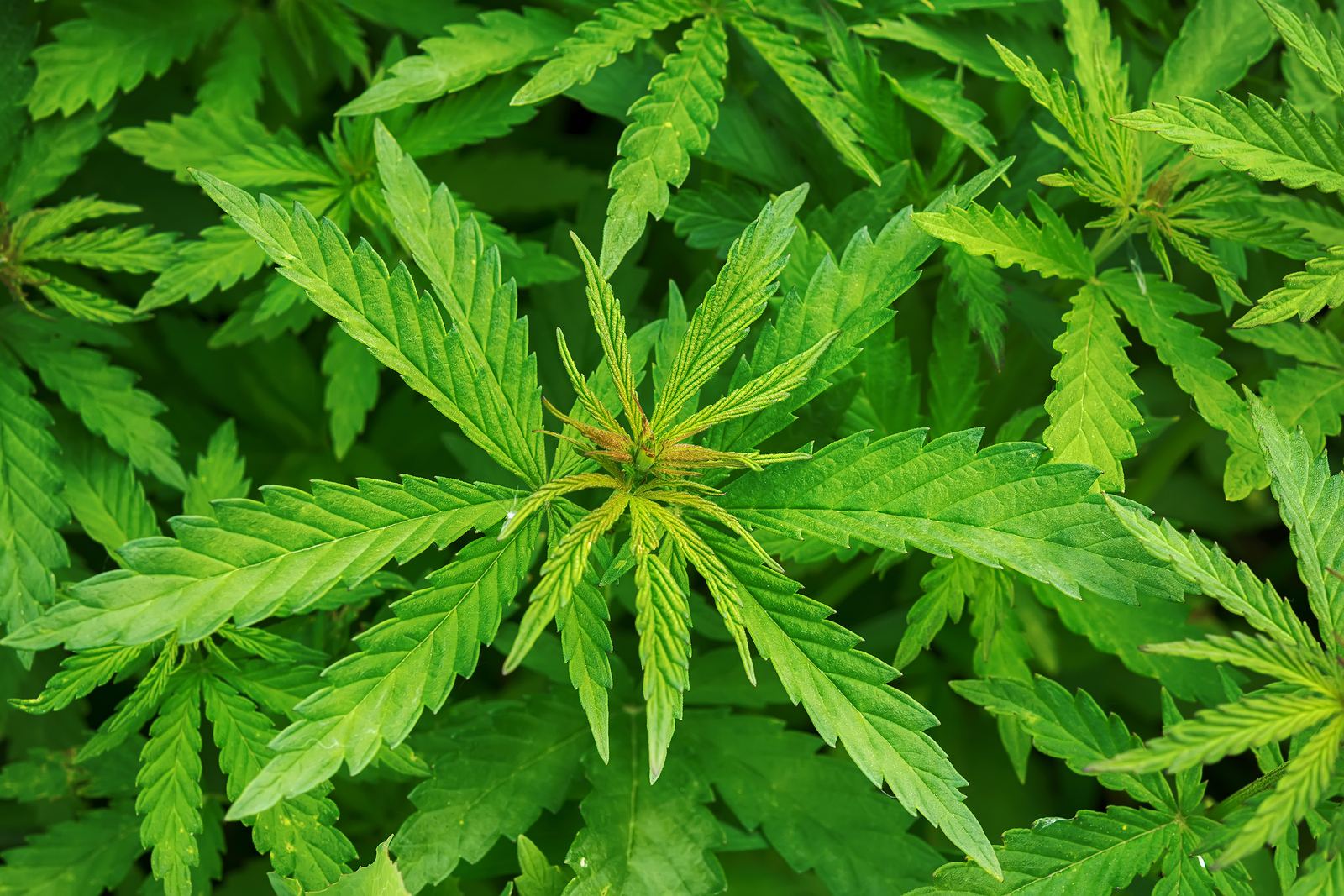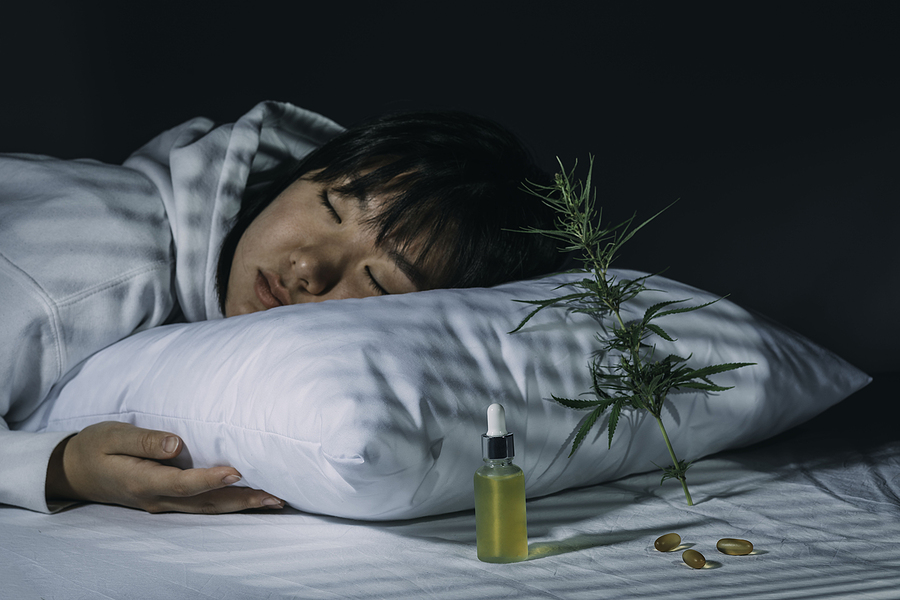What Are the Main Cannabinoids in Full-Spectrum CBD Oil?
Cannabinoids are the chemical compounds found in hemp plants that interact with the body’s endocannabinoid system to produce a variety of effects.
Full-spectrum CBD oil is derived from these cannabinoids and contains all of the power of the hemp plant.
It is like unlocking a treasure chest, filled with an array of beneficial components that work together to provide relief and wellness benefits.
In this article, we will explore the main cannabinoids in full-spectrum CBD oil, as well as their potential effects and benefits.
What is full-spectrum CBD?
Full-spectrum CBD oil contains a variety of cannabinoids, including tetrahydrocannabinol (THC), cannabidiol (CBD), cannabidiolic acid (CBDA), cannabigerol (CBG), and cannabinol (CBN).
In addition, it also contains other compounds, such as terpenes and flavonoids, that contribute to its effects.
These cannabinoids interact with the body through the endocannabinoid system and have different effects depending on their concentration within a product.
What Cannabinoids Are Included in Full Spectrum?
Full-spectrum CBD oil contains all the natural compounds of the hemp plant, including cannabinoids such as CBD, CBG, CBN, and THC (in trace amounts), terpenes, which provide flavor and aroma to the product, flavonoids, which are beneficial to health by promoting antioxidant activity, and other active ingredients that work together synergistically to create a powerful effect known as the ‘entourage effect’.
Cannabinoids like CBG, CBC, and CBN also have their own potential benefits but are not as widely studied as CBD.
Furthermore, terpenes like limonene and linalool present in full-spectrum oils can help promote relaxation while providing additional health benefits from their anti-inflammatory properties.
The other cannabinoids present in full-spectrum CBD oil include cannabidiol A and B, lignanamides, stilbenoid derivatives, and endocannabinoid modulators.
All these components combined make full-spectrum CBD oil a powerful natural supplement for wellness that can help support overall health through natural means.
CBD
CBD is one of the main cannabinoids found in full-spectrum products. It has been extensively studied for its therapeutic potential due to its non-psychoactive nature and ability to interact with our endocannabinoid system.
CBD is widely known for its anxiolytic effects as well as other health benefits such as improving sleep and decreasing muscle and joint pain and inflammation.
All these cannabinoids work together to create an entourage effect that provides a more holistic approach to well-being than CBD alone.
THC
In addition to the other active ingredients found in full-spectrum CBD, THC is a potent psychoactive compound that contributes to its powerful entourage effect and provides users with the traditional head high associated with cannabis. It is important to note that, despite the presence of THC, full-spectrum CBD products typically contain 0.3% or less THC, which is not enough to produce any type of psychoactive effect.
CBG
Cannabigerol (CBG) is an active ingredient found in hemp plants that exhibits a unique pharmacological profile and has been shown to have ocular and central effects.
CBG is one of the many cannabinoids present in full-spectrum CBD oil, extracts, and products derived from hemp.
It can be used for energy improvement and mental clarity due to its ability to activate the endocannabinoid system.
CBG has a low affinity for cannabinoid receptors but still contributes to the overall effect of full-spectrum CBD products because it works synergistically with other cannabinoids and terpenoids.
Research suggests that CBG may also help reduce inflammation, regulate nausea and vomiting, act as an antibiotic agent, promote browning in adipocytes, and affect plasma prolactin, growth hormones, and cortisol levels in human volunteers.
CBN
Cannabinol (CBN) is a cannabinoid found in hemp plants that produce sedative effects and has been observed to have an effect on carrageenan-induced hyperalgesia and edema in rodent models of inflammatory pain. For example, a case study showed that after ingesting CBN, there was an increase in sleep duration with no adverse side effects.
The Difference Between Full-Spectrum CBD and Broad-Spectrum CBD
The distinction between full-spectrum CBD and broad-spectrum CBD lies in the presence or absence of THC, with the former containing trace amounts and the latter being free from it.
Full-spectrum CBD is typically derived from hemp plants and contains a wide array of cannabinoids, terpenes, flavonoids, and other active ingredients that work together to produce an entourage effect. This entourage effect creates multiple benefits for health improvement.
Broad-spectrum CBD is a popular option for those who are subject to frequent drug testing since it does not contain any trace amounts of THC, which could lead to a failed test result.
Apart from this difference in cannabinoid content, both types of oil provide similar CBD benefits, such as improved sleep quality, decreased stress levels, relief from chronic pain symptoms, reduced inflammation, and nausea reduction.
The Difference Between Full-Spectrum CBD and CBD Isolate
Full-spectrum CBD contains all of the hemp plant’s natural power, including cannabinoids (including 0.3% or less THC) and a variety of terpenes like betapinene and limonene, which are active compounds that can help activate the entourage effect.
This helps to achieve full-body balance as it is four times more effective per unit than isolated CBD. Additionally, it has over 20 molecular targets, making it one of the best ways to activate your endocannabinoid system.
On the other hand, CBD isolates only contain CBD, which is free from all of hemp’s trace cannabinoids, terpenes, flavonoids, and other active ingredients. It takes a flavorless, scentless, crystalline form with a low binding affinity for the body’s endocannabinoid receptors, which may not be as effective at achieving full-body balance as its full-spectrum counterpart.
The choice between these two types of products largely depends on individual needs and desired effects.
Conclusion
Full-spectrum CBD oil contains a variety of cannabinoids that all have different effects and potential benefits.
CBD, THC, CBG, and CBN are the main cannabinoids found in full-spectrum CBD oil, and each one has its own unique set of characteristics.
Although these compounds are similar in some ways, they all possess their own distinct properties that can be used for various conditions.
Through irony, we come to realize that although there is no single cannabinoid that is considered to be the “best” or most beneficial, each one has something unique to offer when it comes to treating certain medical issues.
Resources:
Marinotti, Osvaldo, and Miles Sarill. “Differentiating full-spectrum hemp extracts from CBD isolates: Implications for policy, safety and science.” Journal of Dietary Supplements 17.5 (2020): 517-526. https://www.tandfonline.com/doi/full/10.1080/19390211.2020.1776806?scroll=top&needAccess=true&role=tab
Pacher, Pál, Sándor Bátkai, and George Kunos. “The endocannabinoid system as an emerging target of pharmacotherapy.” Pharmacological reviews 58.3 (2006): 389-462. https://www.ncbi.nlm.nih.gov/pmc/articles/PMC2241751/










